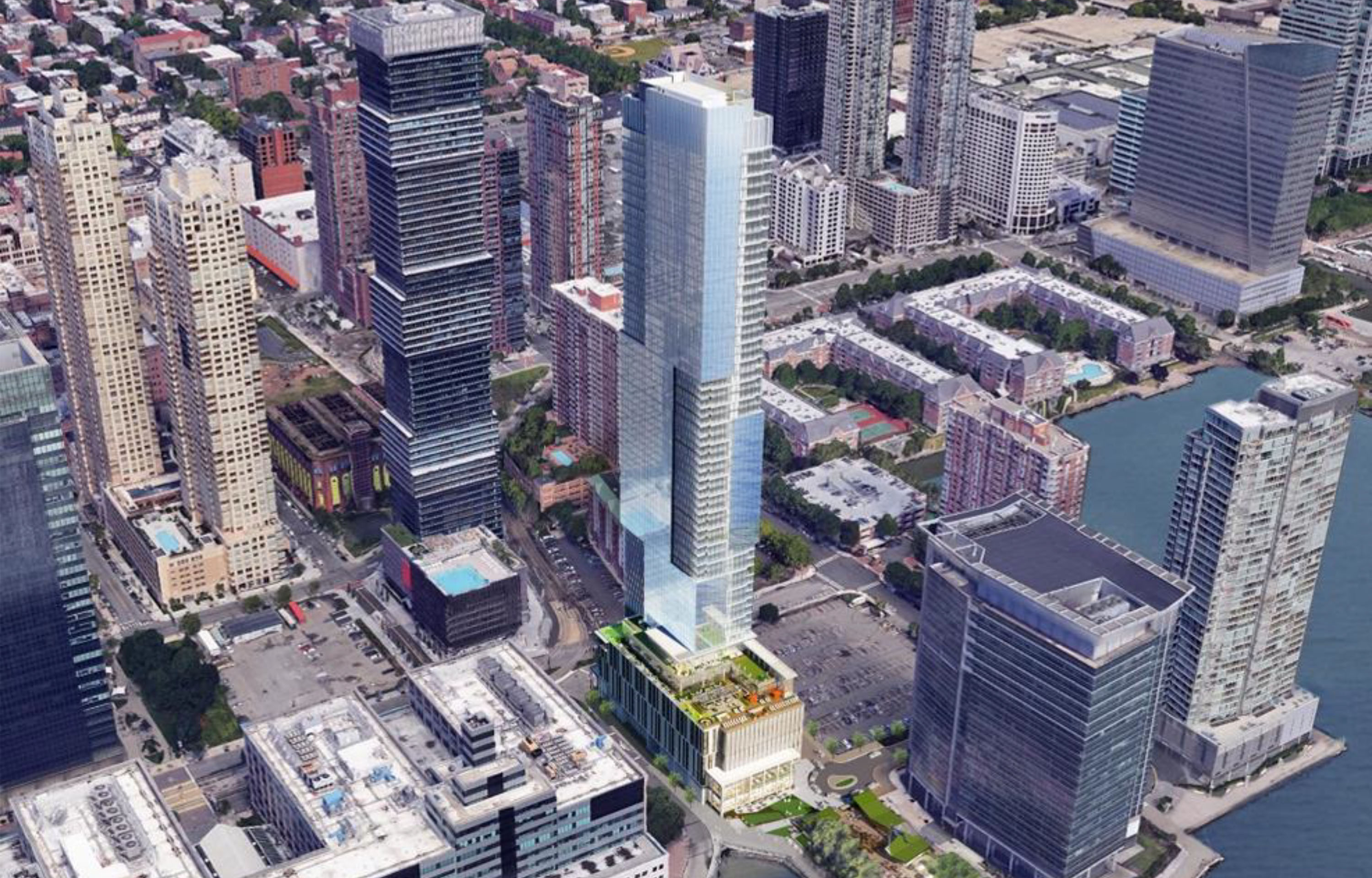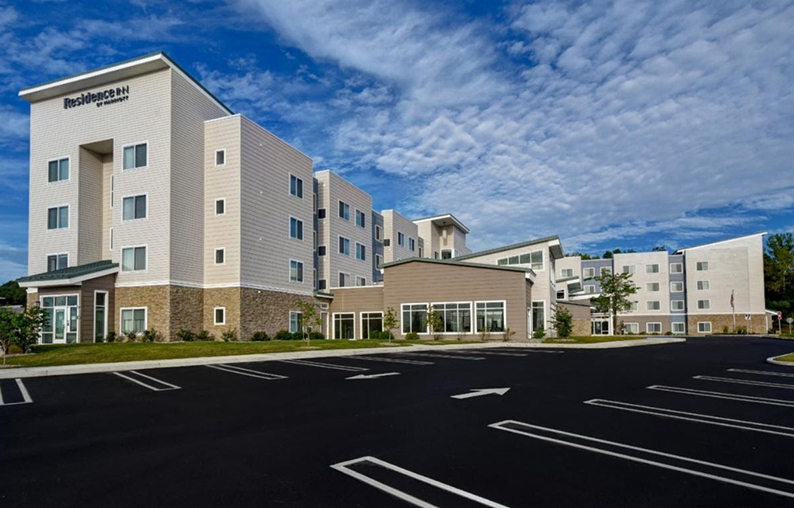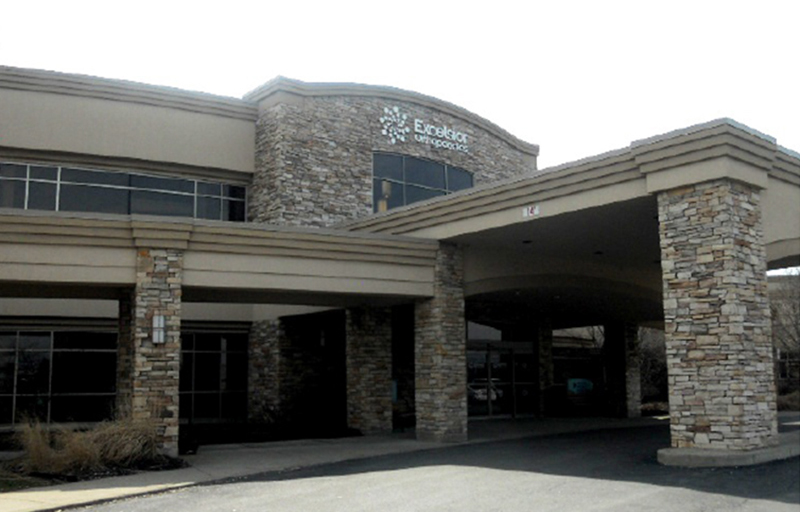News:
Finance
Posted: August 22, 2011
The good, the bad and the uncertain in retail real estate
There are a number of events affecting commercial real estate finance; be it Europe's sovereign debt crisis, the U.S. debt ceiling debacle, lack of jobs, a weak housing market, global governmental intervention and uncertainty are all causing buyers of real estate to focus much of their attention on gateway cities and core assets. The majority of investment sales and financing activity has been occurring along the northeast corridor from Boston to northern Virginia, as well as in Chicago and major cities of Texas and California. Over the last six months, commercial real estate investment sales have seen a tremendous uptick in activity to a little over $90 billion according to Real Capital Analytics. Retail assets accounted for $21.5 billion, broken-down with mall sales accounting for almost $5.8 billion and $15.7 billion representing shopping center activity. Blackstone Group's recent closing of the $9.15 billion acquisition of 585 Centro Property assets represents the second largest retail sale in history; Wells Fargo, Deutsche Bank and Barclays Capital provided $1 billion CMBS financing and $400 million of mezzanine debt as part of the package. Proof that New York City is on fire, Thor Equities just closed on the Scribner Building at 597 Fifth Ave. for $99 million, rumored to be around a 3% cap rate that will stabilize at a much higher return when the Sephora's retail lease expires in three years.
The Good - There has been considerable progress in the liquidity of commercial real estate financing. Thankfully the commercial banks and life companies have been very active financing sources over the last 12 months for real estate in the northeast. We have seen Commercial Mortgage Backed Securities (CMBS) significantly increase year to date volume in 2011 to approximately $21 billion. The CMBS pipeline for 2011 is on track to originate between $30-35 billion. While this might be a far cry from 2007 levels, it is significantly more than the $2.4 billion volume in 2010.
The Bad - According to the PwC Real Estate Investor Survey for 2Q11, "Consumers remain skittish as pessimistic reports continue to surface about the housing and labor markets. As a result, the bulk of the U.S. retail sector will be in recession through year-end 2012 and a significant recovery is not expected until end of 2014." The absence of discretionary spending is a sign that household budgets are still under pressure from high oil prices and weak employment growth, keeping retail sales at depressed levels.
The Uncertain - June's US Retail Sales came in slightly higher than expected. Analyzing the Reis, Inc's 2Q11 data confirms that the U.S. retail leasing sector is still in the doldrums as vacancy levels in malls increased to 9.3%, up 2bps and strip centers up 1bp to 11% vacancy. Of the $84 billion of CMBS assets in special servicing in the first half of 2011 over $17.4 billion (20.55%) represents retail real estate, which has fared better than both multifamily $17.75 billion (20.96%) and office at $24.11 billion (28.47%) according to Commercial Mortgage Alert. A huge wave of deals still remains to be restructured, recapitalized and/or sold by lenders and servicers.
When looking at this data, lenders have been focusing their attention on financing cash-flowing assets at moderate debt levels. Commercial banks have been concentrating on shorter duration loans up to five year terms; as the leverage increases so does their requirement for recourse. The life companies have been steadily lending in the first half of this year, but in any given year their annual allotment of funding to commercial real estate is approximately $40 billion; they may run out of allocation by end of 3Q11. CMBS 2.0 underwriting guidelines are looking much like the underwriting standards of 2003, based upon in-place cash-flow, not pro forma or projected income.
Preferred retail assets are class-A dominant mall properties as well as grocery-anchored shopping centers with tenants on long-term leases. With the highest quality assets being financed by the life companies with moderate leverage, some of the more transitional retail properties either with shorter term leases or significant vacancies are being financed by local banks with some level of recourse. CMBS will provide more debt on a permanent loan basis than the life companies, but these additional funds will come with extra protections for the lenders and require borrowers to accept deals with greater reserve structures.
One of the most troubling aspects in financing retail properties today is that lenders are steering clear of some secondary and most tertiary markets, where demographics and fundamentals are weak and few tenants want to lease space. These deficiencies can be overcome with lower leverage, increased sponsor equity and shorter amortizations. While the financing market was particularly strong through late May, we have seen weakness in the capital markets over the last couple of months. I recommend borrowers have back-up financing options to ensure certainty of deal closure. Overall, we should be thankful how quickly debt has returned to commercial real estate, but we are certainly nowhere near equilibrium with so many retail owners looking for capital and how tight the capital markets remain.
Rick Lechtman is a managing director at The Ackman-Ziff Real Estate Group, New York, N.Y.
Tags:
Finance
MORE FROM Finance
Affinius Capital and Kennedy Wilson provide $78 million and $306 million loan to develop Harborside 8
Jersey City, NJ Affinius Capital and Kennedy Wilson closed on the financing for the ground-up development of Harborside 8, a multifamily project located on the waterfront. The capitalization includes $78







.jpg)


.jpg)